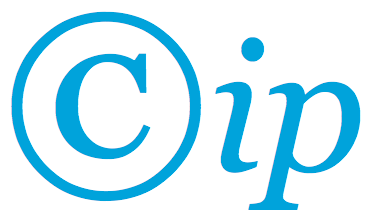Attorney-client relationships are just that – relationships. How can you build relationships using social media? I suppose this is what the people who know much more about social media than I do are talking about when the discuss “engagement.” In some contexts, this is a straight forward proposition. If you build your brand by showing you have expertise in an area, you may get questions or comments from readers of your blog. Other people will follow and retweet you.
Unfortunately for lawyers and other professional service providers, our potential clients may be less likely to be active in social media in these ways. Many people are loathe to discuss their legal issues on a public blog, and they should be. Also, in-house counsel appear to be voracious, if passive, consumers of social media content relevant to their work. If an in-house counsel reads a blog post relevant to a lawsuit they are thinking of filing, they aren’t going to tweet about it. This presents multiple challenges.
One issue is that it may be difficult to use the traditional measures of engagement to measure the reach of your social media efforts. That doesn’t mean that your social media efforts are not important. However, digging into your website statistics may give you a better idea of which topics your readers find interesting than looking to see how many people tweet your blog post.
Another issue is that it is very difficult to build a relationship without the benefit of two-way communication. You want great content, but you also need readers to associate that content with you. One way to do this is to personalize your blog. I post about intellectual property issues that interest me, not just because of the legal aspects, but because the subject may be related to a hobby or other interest of mine. When I do, I want to make reference to the personal connection I have to the issue. This humanizes me as a writer so I am not just a conduit of information.

I chose which cases to write about partly based on the breadth of their appeal, but also because of my personal interest in the outcome or reasoning. I blog about intellectual property issues related to outdoor activities, and I regularly tweet about internet startups and food. The reason is because these are areas of interest for me. This post isn’t being written just to show I have a rudimentary grasp of some social media topics, but also because the way lawyers use social media and blogging genuinely interests me. I want my blog posts to not only show me as a reliable source of information and well reasoned opinions but also as the type of person others would want to do business with.
In the process of writing these three posts I’ve started to crystallize in my own mind what my social media strategy is. I want to provide interesting content that differentiates me and demonstrates my expertise. That, I hope, will generate more readers. I also want to create a sense of relational connectedness with the people who read my tweets and blog posts, even if we don’t directly interact. That, if I’m lucky, will help convert consumers of content into clients when they have a need I can satisfy. If it doesn’t work, at least I get to spend the time writing about what I want to write about, not what I think I have to write about.
I don’t think this is anything new and is really what a lot of people are doing, especially consultants, and tech types. However, I don’t see many attorneys using a strategy like this. I would love to read others comments on this, and while I’m a lawyer and write from that perspective, I think this applies to many types of service providers. What works for you?


